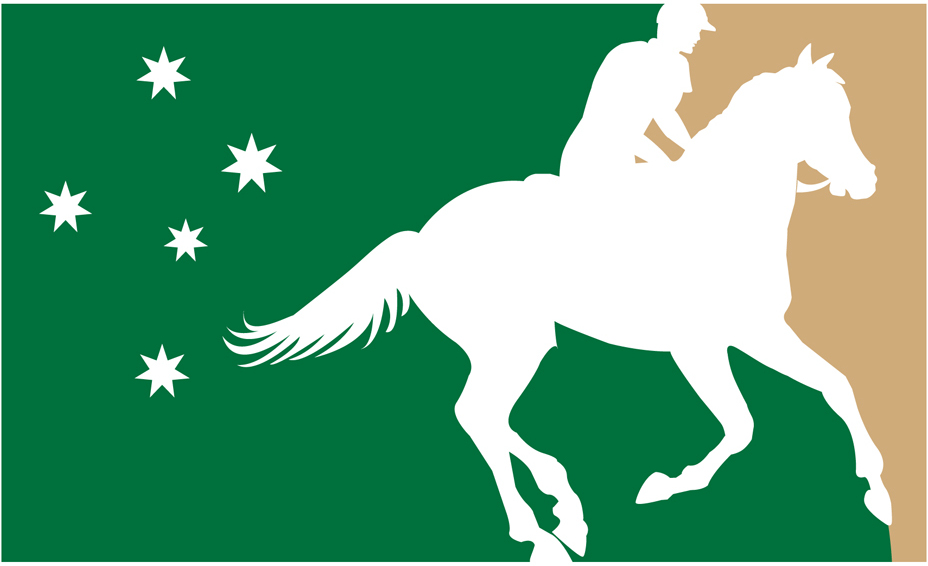Guide to Australian Endurance Vetting
Introduction
Introduction
Endurance competitions have been conducted in Australia since the first Tom Quilty Gold Cup in 1966, during the last 50 years rules and management have been refined and I am sure they will continue to be refined over the next 50 years. This is intended as a basic guide for veterinarians and unfortunately cannot cover every aspect, but will endeavour to provide some guidance.
Officials at an Endurance Ride
- Head Vet
- Other vets and treatment vet
- Chief Steward
- TPRs
- Ride Organisers and committee
- Ride secretary
- Track marker/course designer
- Other volunteers
All officials must work together to ensure a fair competition and that horse welfare is paramount.
Accreditation of Vets
To become an Accredited Vet, the veterinarian must be nominated to the AERA by a State Association. The State Association may nominate veterinarians who satisfy the following criteria:
- The veterinarian must be registered with a Veterinary Board in a State or Territory in the Commonwealth of Australia, and
- The veterinarian must complete the approved training course. The approved course can be accessed here. It is an online course consisting of four modules and is accredited for formal CVE (continuing veterinary education) points in states that utilise a veterinary framework that incorporates such credits. The cost is $150. The second of these modules - Veterinary Examination of Endurance Horses - Procedures and Parameters – is freely available to all at no charge. AERA recommends that all vets view this module prior to officiating at their first event.
- And,
- For a veterinarian with at least 2 years’ experience in practice since graduation, the veterinarian must have been a member of the veterinary team at a minimum of 3 Endurance rides in the preceding 24 months, or
- For a veterinarian with less than 2 years’ experience in practice since graduation, the veterinarian must have been a member of the veterinary team at a minimum of 4 Endurance rides in the preceding 24 months.
- If a veterinarian does not fulfil the requirements of (a) to (c) above, but a strong case exists for them to become an Accredited Vet, the State Association may nominate the veterinarian by providing a resume of the veterinarians experience and expertise, including references from Ride Organisers, Chief Stewards and other Accredited Vets or relevant parties. This may be appropriate for veterinarians with applicable overseas experience.
- Treatment vets must undertake a separate training program and course and assist a current treatment vet at several rides.
Maintenance of Accreditation
- To maintain accreditation, the veterinarian is required to;
- Be a member of the veterinary team at a minimum of one Endurance ride every 36 months, and
- Maintain registration a Veterinary Board in a State or Territory in the Commonwealth of Australia.
Veterinary Role
- The paramount priority of an endurance ride is the welfare of the horse and the veterinarian plays a very important role in ensuring the maintenance of horse welfare during an endurance ride
- The veterinary decision is final and no arguments will be tolerated from riders/owners/acquaintances so vets should feel comfortable to make an informed decision with the horse’s welfare as the main determining factor
Veterinary Rol es
es
- Head Vet
- 2IC
- Line Vet
- Treatment Vet
- Hospital Vet
- Course Vet
Veterinarian to Horse Ratio
- All horses across all rides at an event will be included when calculating the required number of veterinarians.
- For standard AERA Vetting, a minimum of 2 vets for the first 60 horses, or part thereof, plus an additional vet for every additional 30 horses is required.
- For Vet Gate Into Hold, a minimum of 2 vets for the first 30 horses, or part thereof, plus an additional vet for every additional 30 horses is required.
- A treatment vet, who shall be experienced in treating performance horses is requried.

